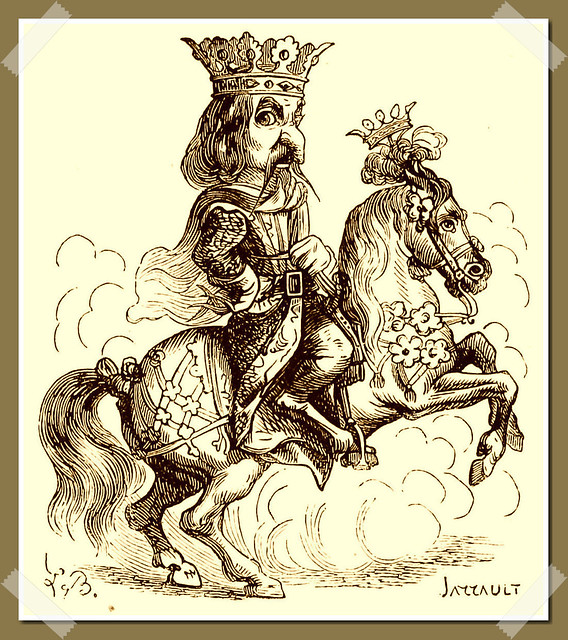


48) that evil is present since the beginning of the world and that Christians require an explanation for this fact.Īlmond’s other most salient argument is off the mark: he sees Christianity as a dualistic religion with a cosmic contest between Christ and Satan. Almond presents the historical approach very cogently, even though he does not believe in the truth of Christian tradition. There are several ways to consider the existence of the devil: as a real personage in a cosmic battle between God and Satan as a historically real concept of the human mind as a metaphor for radical evil. The story certainly has been told without the devil and still is, although whether it is coherent to do so in the light of the New Testament and tradition is a valid question. 48) and to say that the “Christian story cannot be told without the Devil” (p. But he is wrong to call the devil “a being of absolute evil … in the story of a world in which God had lost ultimate control” (p. One of his two most salient arguments is absolutely right: the devil is an extremely important aspect of traditional Christianity that we ignore at the cost of misunderstanding the narrative of “Western intellectual history” (p. Almond is a specialist in seventeenth-century thought, and it is in his section on that and the following century that he brings the most original and thorough contributions to the subject.ĭealing with theological, literary, artistic, and legal evidence, the author makes numerous thoughtful observations, of which only one is way off the mark. The organization combines chronological with topical exposition in a relatively seamless way.

This thoughtful, well-written book by a secularist evinces a good understanding of the Judeo-Christian development of the devil from the Old Testament to the eighteenth century.


 0 kommentar(er)
0 kommentar(er)
